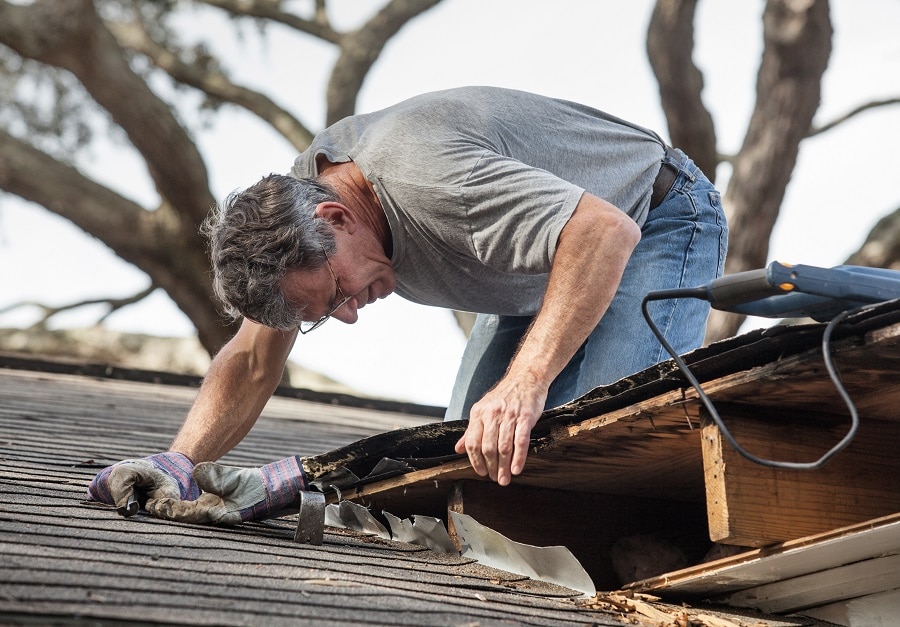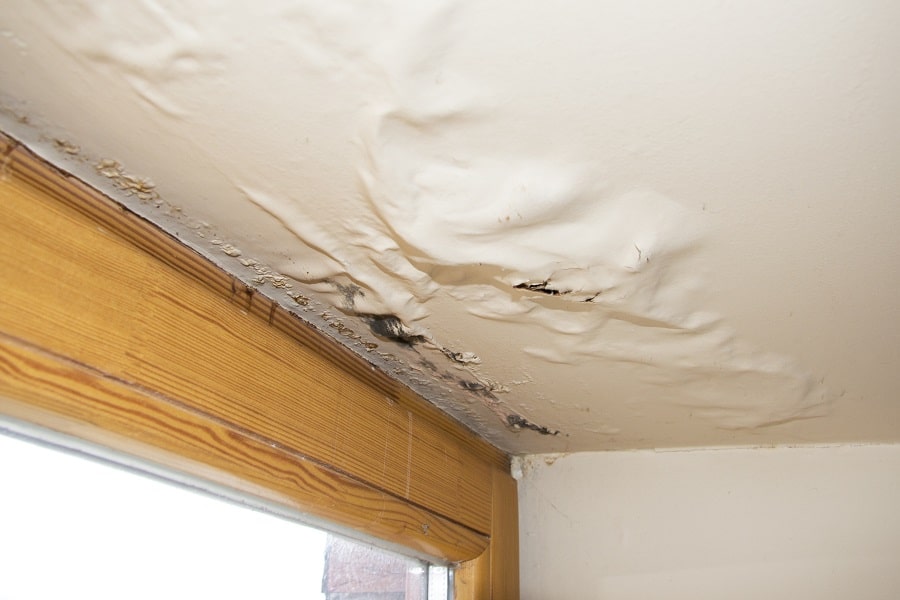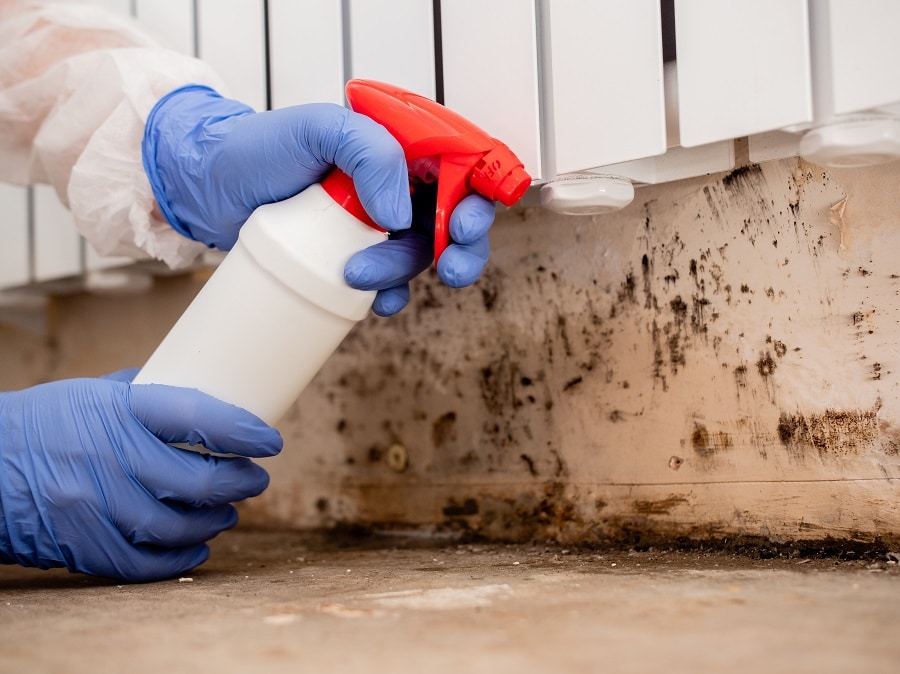Timber decay within buildings of any age is often caused by rot. Wood rot is identifiable in two common forms: wet rot and dry rot, both caused by fungal decay in building timbers.
What is Wet Rot?
This is a type of parasite which can be found in wet timber. It twists the timber, triggering swelling and fibre separation; leading to loss of structural strength and crumbling. Wet rot causes wood decay and loss of structural integrity, making the timber disintegrate. Wet rot in structural wood is due to increased exposure to moisture. This may be from the ‘wet’ side of a house, penetrating damp or faulty plumbing. Wet rot is a fungus, it will spread to timbers in the vicinity of the source and cause damage.
Our Guarantee
- upto 30 year guarantee
- customer focused team
- 20 years combined experience
- portfolio of satified customers
- attention to detail
- Construction line accreditation
- public liability insurance
- CHAS accreditation
What is the Difference Between Dry Rot and Wet Rot?
Dry rot triggers quick and extensive damage to structural timber as it spreads through the affected property. Wet rot, however, occurs more often but is typically less severe; decay in such cases is limited to the area affected by water. When fungi are absent, dry and wet rot can be differentiated by considering the difference in timber colour and the extent of damage noticed on the timber according to the progression of either type.
What causes Wet Rot?
The development of Wet rot spores happens only when certain environmental conditions are met. The major cause of wet rot is moist timber. Moisture expedites the progression of wet rot fungi. As a result, signs of decay become visible on the timber.
The Dangers of Wet Rot in Chichester
Wet rot is a serious issue to deal with. It can destroy your property and reduce its value. Wet rot must be treated immediately it is noticed, or it will spread throughout your home. A survey conducted on 2,038 property owners in London asked if they had ever had to deal with wet rot, where the affected area was, and if they were able to successfully prevent a recurrence.
The results were quite surprising; over 20% of the respondents had experience with some form of wet rot. Wet rot can attack timber flooring; making the property lose its structural integrity. Besides the costly repair work required to get rid of wet rot, it can also reduce your property’s value, and many insurance firms do not provide coverage for houses where there is moisture ingress and damp build-up.

What are the Warning Signs of Wet Rot?
Signs of Wet Rot or the conditions needed by the fungus to become pervasive can vary depending on type cause of moisture with a property. Some noticeable signs include a musty smell, wallpaper peeling, the central heating boiler malfunctioning, and cookers not working properly. Some of the common areas where wet rot can be found include roof spaces and attics, underneath the kitchen sink, and along the external walls. It commonly affects older houses which have been built with timber frames and not modern timber species such as Sapele or Meranti. Timber below ground level up to one-floor is also susceptible to wet rot. Identifying wet rot or dry rot is the first step toward preventing it. If you have reason to believe that your home has been infested by wet rot, then you should conduct a damp survey at once.
Call Our Sussex Damp Experts team now for quote, consultation and advice:
Call on 01273 257 765.
How and When Should I Look for Wood Rot?
It should be conducted annually. Similar to spring cleaning, you need to inspect your home for telltale signs of wood rot or damp, and the period reserved for weatherproofing activities before winter is an ideal time to do this. You need a flashlight and a screwdriver.
Looking out for discolouration or swelling below and around the windows is necessary for buildings with wood siding. Wood rot can be disguised by paint, make sure you poke the siding with the screwdriver to be sure that it is solid. If the wood has a spongy feeling and the surface gives in when you touch it, then you have wood rot. Use a powerful flashlight to search for discoloured wood in the attic. Conduct the screwdriver test if you come across any discoloured parts. Make sure you go over the roof decking base, the joints linking wood members at the top of the roof, and at the edges of the attic where slanting rafters transition into eaves. These are prime locations for wood rot to grow in the attic.
Using a flashlight to spot discolouration around the perimeter wood plate on the concrete wall, check wood members in the basement or crawl space (sill plate). Use the screwdriver test, wherever necessary, on any discoloured regions. Inspect the floors and walls around baths/tubs, under sinks, and the water heater for any sign of discolouration or water leakage.
How do we identify wet rot?
Recognising wet rot is not always a straightforward or easy task, wet rot is versatile and attacks timber in several forms. An excellent way to confirm rot in painted timber is to stick a knife in it, up to the hilt. Our specialist damp proofing experts have years of experience and are trained to look for the following:
- Localised fungal growth on timber
- The soft, spongy feel of timber; the affected area appears darker than the surrounding timber.
- The soft and spongy texture of rotting timber; the affected region often looks darker than the other parts.
- That spongy, soft feel timber gets when affected by wet rot; the affected parts are darker than the other areas.
- The spongy, soft texture of rotten timber; the infested area is darker than the other parts.
- The springy feeling that is an indicator of wet rot; the affected area is often darker than others around it.
- Crumbling of affected dry timber into particles.
- Dry timber crumbling into particles.
- The crumbling of infested timber into dry particles.
- Dried-out timber disintegrating into particles.
- The disintegration of rot-eaten timber into particles.
- Shrinking timber
- Bleaching wood in window and door frames
- Flaky or damaged paint
- A musty, damp smell
What to Do After You Detect Wet Rot?
You need to engage a damp expert to treat wet rot and ensure the source of the moisture ingress is identified and stopped to ensure that the problem does not recur. For further information about treating wet rot, call us on 01273 257 765 and let Sussex Damp Experts help.
Wet Rot and Damp Proofing in Chichester

If you need damp proofing services or wet rot treatment in Chichester, you are on the right page. Call us immediately you spot any indication of damp or wet rot in timber around the house. By helping you fix the problem, you can save money on expensive repairs and also minimise the health risks attached to letting the decay progress unimpeded. Our expert damp proofers will take the cause of the problem into account and proffer possible solutions to resolve it permanently.
Timber damp proofing, not to be confused with cosmetic treatment, refers to a maintenance strategy intended to protect the timber from decay. There are two main ways to protect the timber.
Surface treatments can never be relied upon; they will always fail, eventually making the situation worse when they do. The only available solutions include covering the surfaces using membranes, treating or replacing the timber. If you would like to speak with one of our experts or require further information about treating wet rot, call us on 01273 257 765 and let Sussex Damp Experts help.
Wet Rot Treatment Specialists in Chichester
With more than 20 years of experience, we are one of Chichester’s leading wet rot specialists; offering site surveys and cost estimates at no charge to private and commercial property owners. Our wet rot and damp proofing experts will visit you, identify the signs of water ingress or wet rot, and then recommend the best course of action. Our team of experts can diagnose and treat all types of wet rot in properties using advanced methods.
Wet Rot Treatment in Chichester
Wet rot typically occurs in areas with sustained exposure to moisture. However, when we treat wet rot, we do not just fix the damage caused by it. The problem must be treated at its source. We examine the pathways moisture takes in reaching the timber and block them all off, eliminating the possibility of a repeat case. Treating rot should be left to expert professionals who can deliver a holistic solution. Delay in treatment results in pricey repair work down the line. The best course of action is to contact Sussex Damp Experts if you see any indication of wet rot anywhere in your building.

We have the technical knowledge to handle wet rot treatment effectively. At Sussex Damp Experts, we quickly determine the source of the dampness and which areas have been most affected. Don’t put it off any longer, call us today on 01273 257 765 or complete and submit the contact form to get started.
Our Wet Rot Treatment Process in Chichester
The damage worsens the more you put off starting the treatment process. If you recognise the presence of wet rot early enough, the treatment can be restricted to a small area. In situations where the rot has advanced across your timber’s breadth, you may need to get replacements for full timber beams or take on major repair work. Wet rot treatment comprises various steps. The treatment of wet rot involving timbers must start with addressing the root of the problem and preventing moisture from reaching the timber. We locate the source of water leakage, whether in the form of poor guttering or condensation among others and take the appropriate action to fix it. Inexperienced contractors and builders tend to focus on replacing the decayed wood. Thereafter, such treatment typically involved the spraying of chemical preservatives in the affected area. This can only fail. If you notice even the slightest signs of wet rot in your property, the team at Sussex Damp Experts is more than happy to help out. Call us today.
What happens to Wet Rot if left untreated?
Ignoring wet rot gives it the license to weaken the structural timber, which could put the lives of the residents in danger. When wet rot sets in, the timber loses its strength and will break if you poke it with a sharp object. The long-term result is a loss of structural integrity in the timber, which could eventually lead to your building being condemned. Call Sussex Damp Experts 01273 257 765 and discuss your project with one of our wet rot treatment experts today.
What is the cost of Wet Rot Treatment in Chichester?
The effects of rot are devastating for any property. Repair and damp proofing costs will be different for each project based on the type and level of damage inflicted on the wood. However, don’t let it deter you. We are always willing to provide our wet rot treatment services in Chichester at an affordable cost for all our clients. We advise you on the best course of action to protect your home and your health.
How to prevent wet rot?
To prevent decay, the wood must be kept dry and free of moisture. Wood hardeners for use on timber at risk of being affected by wet rot are also an effective measure. The wood gains strength after the hardener soaks into it. The most vulnerable areas in a building are the window boxes and sills, including timber beams that haven’t been damp proofed and stand close to brickwork.
Talk to Our Wet Rot Treatment Experts Today!
Call 01273 257 765 today to speak to one of our experts concerning wet rot treatment in your building.
FAQ
Is wet rot smelly?
Is Wet Rot Capable of Spreading?
Can Wet Rot Cause Health Problems?
Is there a DIY treatment solution?




